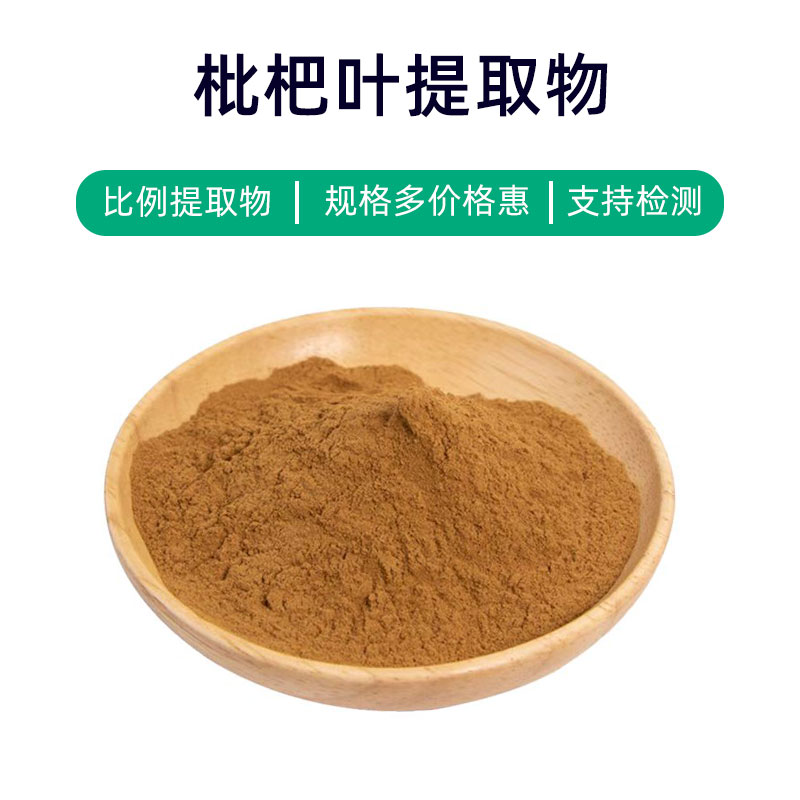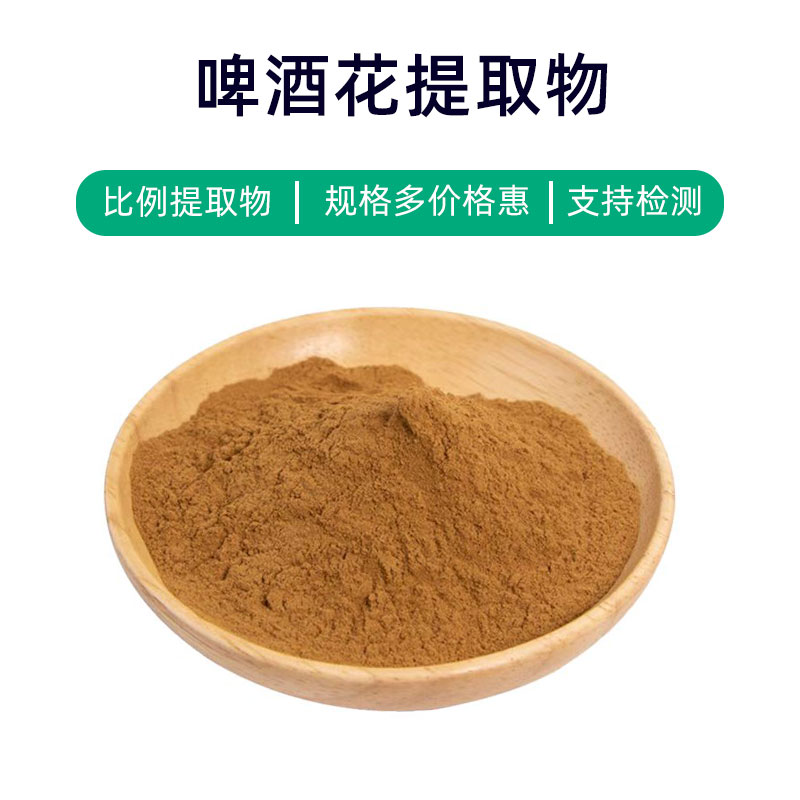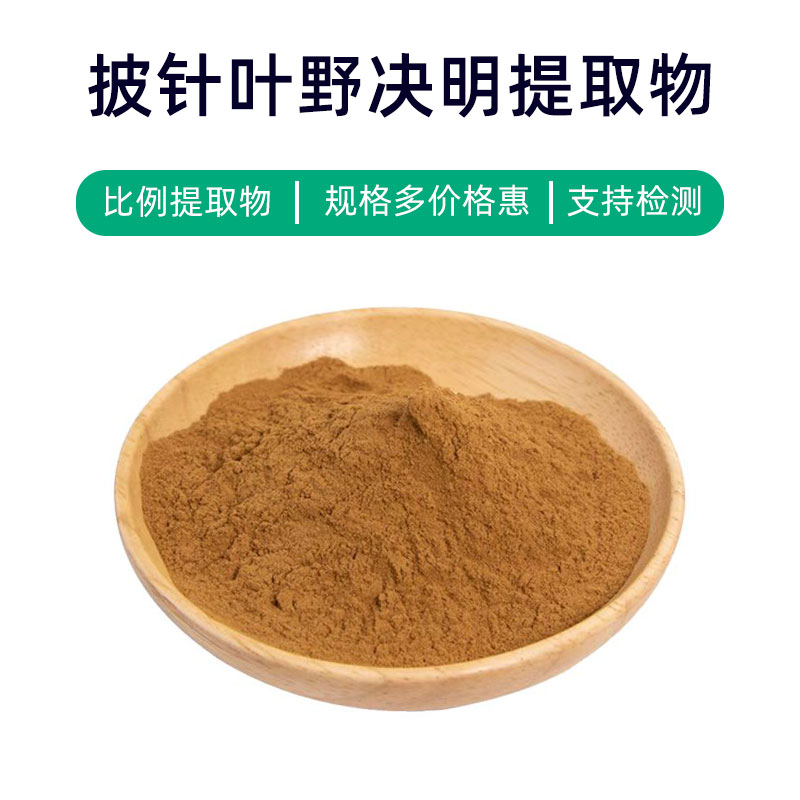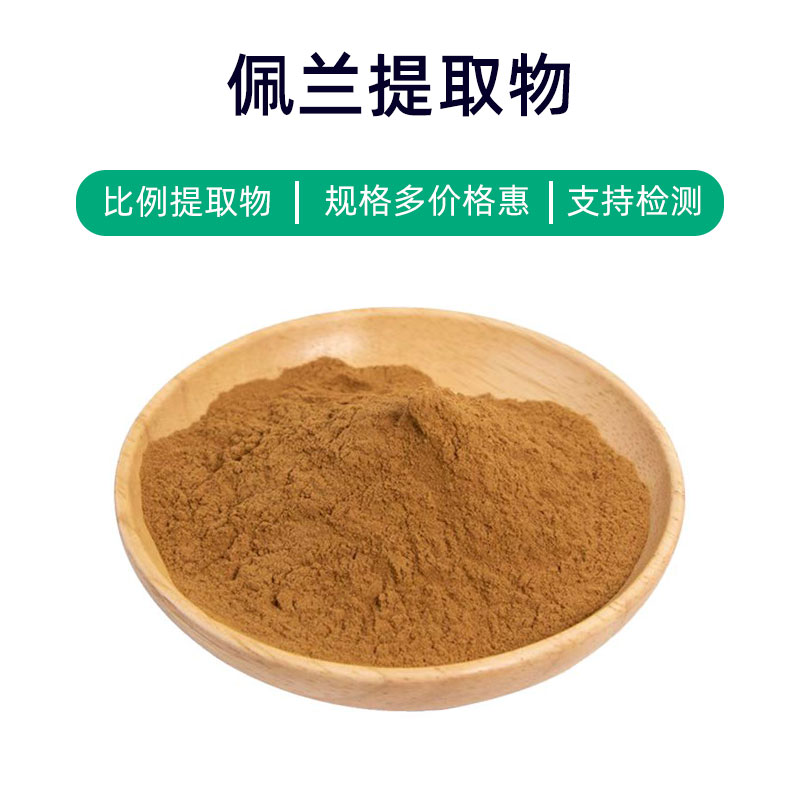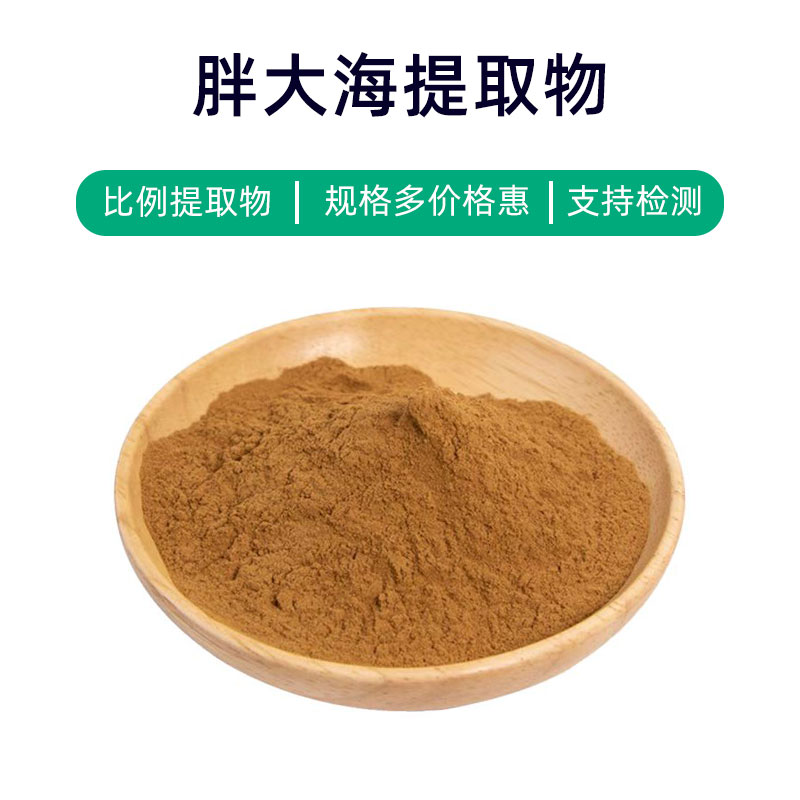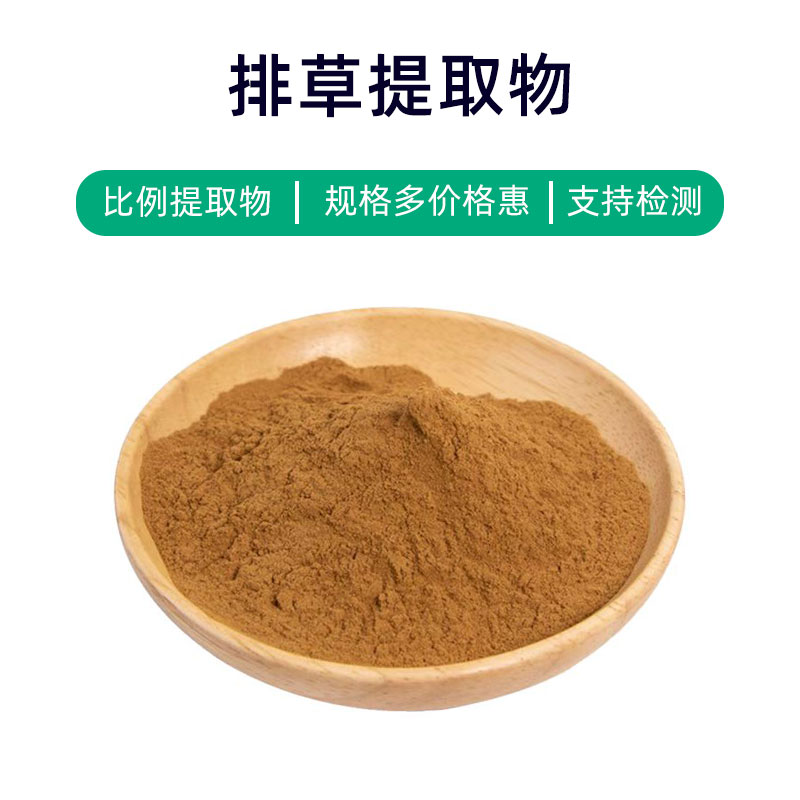Safflower Extract Product Introduction
Safflower extract is a natural plant extract obtained from the flowers of safflower (Carthamus tinctorius), primarily composed of Carthamin, Carthamidin, Carthamoside, among others. It is widely used in the pharmaceutical, health supplement, and cosmetic fields, offering various biological activities and health benefits. Its main effects include antioxidant properties, anti-inflammatory effects, promoting blood circulation, regulating blood lipids, lowering blood pressure, and protecting cardiovascular health. In medicine, safflower extract is often used to treat cardiovascular diseases, regulate blood lipids, and improve microcirculation; in health supplements, it's commonly added as an antioxidant and cardiovascular health ingredient; in cosmetics, it is frequently included in skincare products for its antioxidant, whitening, moisturizing, and soothing properties. Overall, safflower extract is a multifunctional plant extract with significant application value across various fields.
Safflower Extract Production Process
The production process for safflower extract typically includes the following steps:
- Raw Material Collection: Selecting high-quality safflower flowers as raw material, usually harvested during the flowering period.
- Washing and Processing: The harvested safflower flowers are washed to remove impurities and surface contaminants, followed by preliminary processing to maintain freshness.
- Water Extraction: The cleaned safflower flowers are placed in extraction equipment and soaked in water to extract the active components using a water-soluble solvent.
- Concentration: Methods such as evaporation or vacuum concentration are used to remove moisture from the extract, resulting in a concentrated safflower extract.
- Filtration and Purification: The concentrated extract is filtered and purified to remove any remaining impurities and insoluble substances.
- Crystallization and Drying: The purified extract undergoes crystallization and drying to produce a high-purity safflower extract powder or crystals.
- Packaging and Storage: The extract is packaged, typically in moisture-proof and light-proof sealed containers, and stored in a dry, cool environment to ensure quality and stability.
- Quality Control: Strict quality control is implemented throughout the production process, including raw material collection, monitoring of the extraction process, and inspection of the final product to ensure compliance with relevant standards and requirements.
The above outlines the general production process for safflower extract, which may vary based on the technological capabilities and equipment conditions of different manufacturers.
Safflower Extract Efficacy and Side Effects
Safflower extract, derived from safflower flowers, offers various benefits:
- Antioxidant Properties: Contains rich anthocyanins, flavonoids, and vitamins that can eliminate free radicals, delay cellular aging, and protect cells from oxidative damage.
- Anti-inflammatory Effects: The active components in safflower extract exhibit significant anti-inflammatory properties, which can inhibit inflammatory responses and alleviate symptoms of inflammation-related diseases, such as arthritis and dermatitis.
- Nervous System Relief: Safflower extract has a regulatory effect on the nervous system, relieving anxiety, tension, and stress, promoting relaxation, and improving sleep quality.
- Promotes Blood Circulation: It can dilate blood vessels, enhance blood circulation, reduce blood viscosity, and prevent cardiovascular diseases, improving heart and brain health.
- Regulates Blood Sugar: Studies indicate safflower extract can help lower blood sugar levels and improve insulin sensitivity, aiding in the management of diabetes and other metabolic diseases.
- Antibacterial and Anti-inflammatory: Exhibits strong antibacterial and anti-inflammatory actions, inhibiting the growth of bacteria and fungi, which can be beneficial in treating skin and digestive tract infections.
- Liver Protection: Provides protective effects on the liver, reducing liver damage, promoting liver cell repair, and preventing diseases like fatty liver and liver fibrosis.
Safflower extract generally falls under natural plant extracts and is suitable for various fields, including medicine, health supplements, food, and cosmetics. However, it is important to note that individual differences and improper use may lead to adverse reactions such as allergies or digestive issues, so it is best to consult a doctor or professional before use.
Safflower Extract Applications and Dosage
Safflower extract has extensive applications in the pharmaceutical, food, and cosmetic sectors. Below are details of its uses and recommended dosages in these fields:
Pharmaceutical Applications:
- Cardiovascular Supplements: Safflower extract can be included in cardiovascular health supplements, aimed at lowering cholesterol and blood lipids, and improving heart health. The recommended daily dose is generally 150-300 mg.
- Anti-inflammatory Medications: The active components in safflower extract exhibit certain inhibitory effects on inflammation and can be used to treat conditions like arthritis and rheumatoid arthritis. A typical daily dosage is 200-400 mg orally.
- Antioxidants: Due to its rich content of anthocyanins and flavonoids, safflower extract serves as an antioxidant to prevent oxidative damage, with a suggested daily intake of 100-200 mg.
Food Applications:
- Functional Food Additives: Safflower extract can be added to functional foods to enhance their nutritional value and functionalities, such as antioxidant and anti-inflammatory effects, typically used at a concentration of 0.1-0.5%.
- Flavoring Agent: With its unique aroma and color, safflower extract can be used as a food flavoring, such as in cooking and desserts. The amount used varies based on the specific food type and desired taste.
Cosmetic Applications:
- Skincare Products: With its antioxidant and anti-inflammatory properties, safflower extract is used in skincare products to help slow down skin aging, reduce dark spots, and maintain skin health. The general addition level is 0.5-2%.
- Beauty Products: Safflower extract can also be included in beauty products like masks and lotions, promoting skin moisture and improving skin texture. Usage quantities depend on the specific product formulation.
- Sunscreen Products: The anthocyanins in safflower extract possess some UV absorption capabilities, making it useful in sunscreens to enhance their efficacy. Typical addition levels range from 1-5%.
When using safflower extract, it is essential to adhere to the recommended dosages provided on the product label and to be mindful of individual responses and potential allergic reactions. Special populations such as pregnant women, nursing mothers, and children are advised to use it under medical guidance.
Safflower Plant Introduction, Distribution, and Growth Environment
The plant source for safflower extract is the safflower (scientific name: Carthamus tinctorius L.). Here is an introduction to the source, distribution, and growth environment of safflower:
Plant Introduction:
Safflower, also known as the "Queen of Plants," is an annual or biennial herbaceous plant belonging to the Asteraceae family. It grows upright, reaching a height of about 0.5-1.5 meters, with deeply divided feather-like leaves. The flowers are bright red, with long, tough petals containing many small yellow flowers in the center, creating an attractive overall appearance.
Distribution:
Safflower originates from regions along the Mediterranean, including countries like Spain, Greece, and Turkey. Today, it is widely cultivated across the globe, including in Asia, Africa, Europe, and North America, and has become one of the important economic crops.
Growth Environment:
- Climate Conditions: Safflower is highly adaptable and thrives in warm, dry climates. It requires ample sunlight during its growth period.
- Soil Requirements: While safflower is not very demanding in terms of soil, it prefers loose, well-drained, and fertile sandy loam. It is intolerant to waterlogged conditions, which can lead to root rot.
- Elevation: Safflower grows best at elevations of 300-1500 meters in low to mid-hills, but it can also adapt to higher altitudes such as plateau regions.
- Growth Cycle: Safflower is an annual or biennial plant, requiring generally 3-5 months from sowing to harvest, making it a fast-growing crop.
Safflower is an important economic crop in agricultural production, not only for extracting medicinal compounds like safflower pigment but also for use in dyes and food processing.
Processing and Storage of Safflower Extract
The processing of safflower extract typically includes the following steps: First, the collected safflower is sun-dried or baked to reduce moisture content; then, the dried safflower is ground or crushed into a powder; next, appropriate extraction methods (such as water or alcohol extraction) are utilized to extract active components from the safflower; finally, a series of purification processes, including concentration, filtration, and impurity removal, results in pure safflower extract. To ensure quality, the extract should be stored in a cool, dry, sealed environment, avoiding direct sunlight and moisture.
Monica Sun is a seasoned expert in the plant extraction industry with over a decade of experience in research and production. She specializes in the extraction and purification of plant active ingredients, focusing on driving innovation in natural product applications. Monica has participated in the development of multiple functional plant extracts, delivering high-value natural raw material solutions for the health food, pharmaceutical, and dietary supplement sectors.









